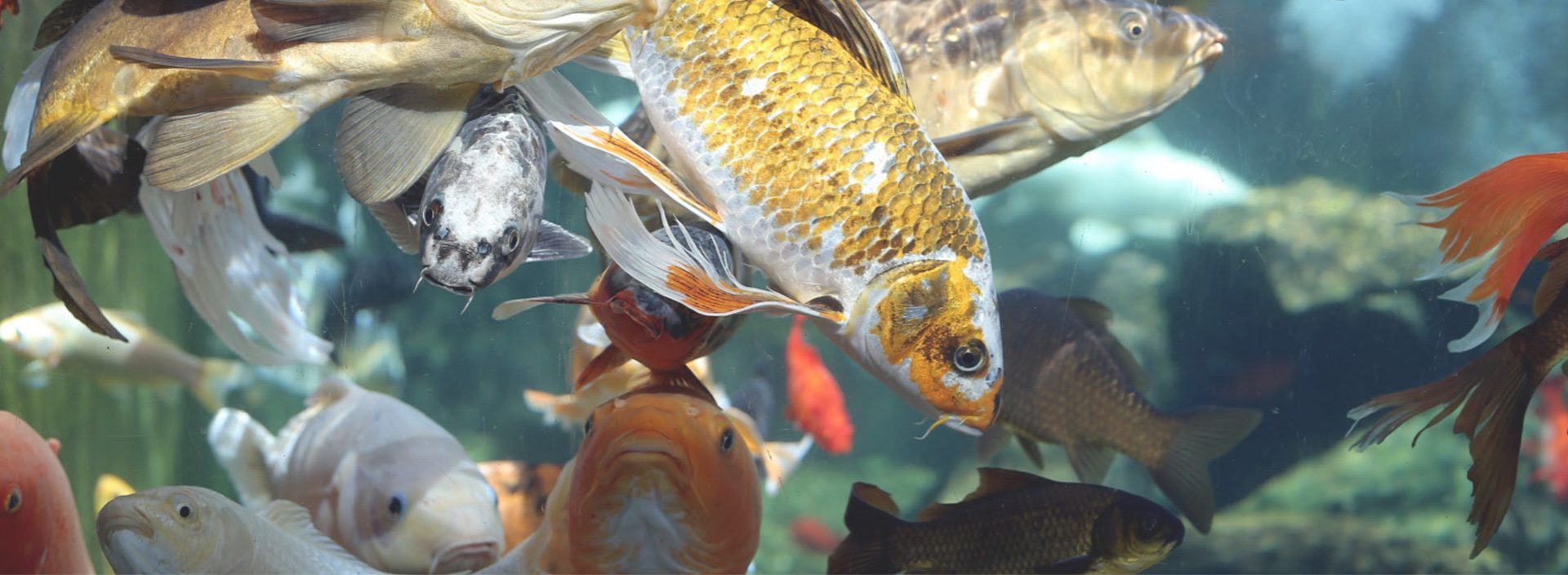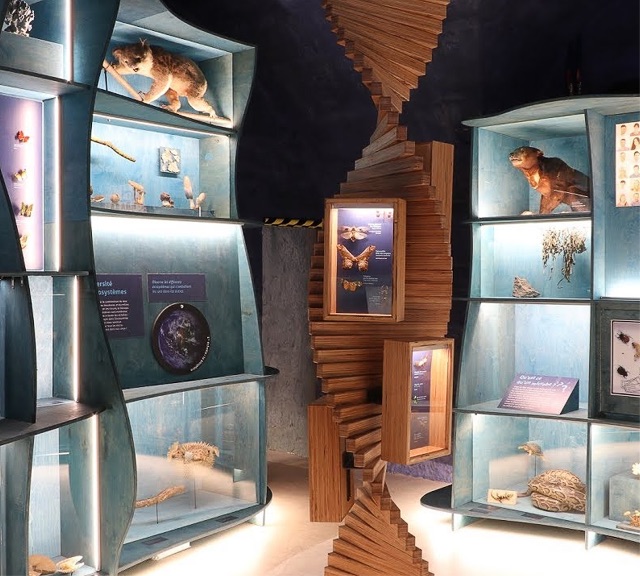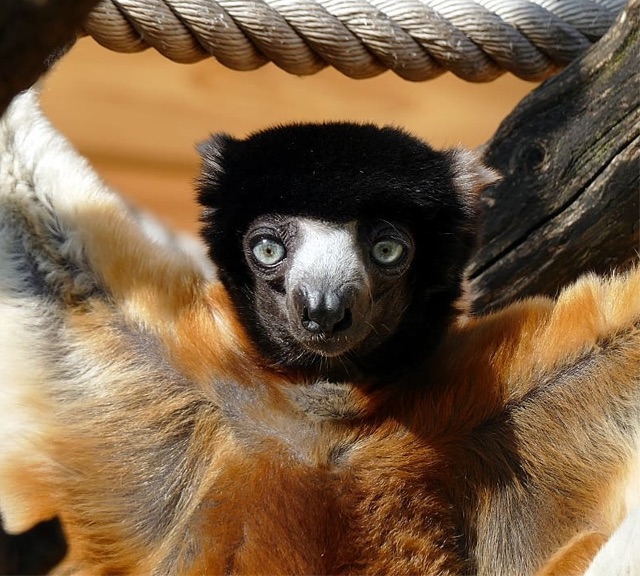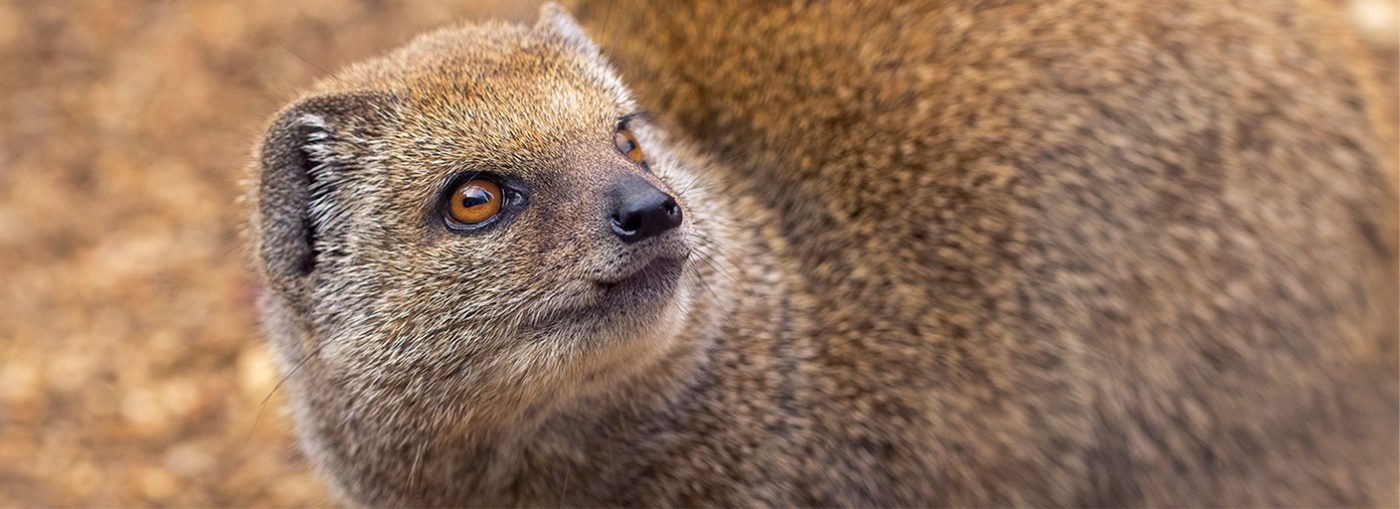
Museum
The naturalium

and natural objects found in curiosity cabinets in the 16th and 17th centuries.
Why is Naturalium called Naturalium?
What is biodiversity? What is its purpose? What threats does it face, and how can we protect it? At the heart of Besançon's Citadelle, in 2017 the Museum opened its new permanent exhibition space dedicated to biodiversity, called Naturalium.
Today, the term "naturalia" has been hijacked from its original definition and is used to refer to artifacts (museum objects) from the living and/or extinct plant and animal world.
In complete symbiosis with the Museum's different animal areas (Zoological Garden, Aquarium, Insectarium and Noctarium), the Naturalium answers today's questions and issues in an immersive scenography accessible to everyone from the age of 7.
With the Naturalium, the Museum draws on the wealth of its heritage collections, allowing you to discover zoological, botanical and paleontological specimens, some of which have never been exhibited before. This is complemented by multimedia supports, manipulations and mediation tools, with alternating immersive and instructive atmospheres (recreation of a Franche-Comté meadow, a hunting hut or a living room-kitchen recreating the daily environment).
The zoological garden
The Zoological Gardens in detail
Resolutely educational, the Jardin zoologique focuses on the preservation and reproduction of endangered animal species. Thus, the species presented are selected largely on the basis of their threat and conservation status, but also for their interesting social behaviors.
Around 300 vertebrates (70 species of mammals and birds) currently occupy a quarter of the Citadelle. This zoological and scientific space will gradually bring together and coherently complement the activities of the Museum, already considered one of the most original in France for its presentation of a wide variety of living collections.
In recent years, the Muséum has acquired a solid reputation among zoological establishments worldwide. 70% of the species presented at the Jardin zoologique are part of European or international breeding programs (EEP, ESB, SSP...). These programs bring together zoological establishments with a common goal: to build up genetically viable captive animal populations.


The Zoological Garden is divided into 3 main sectors. The primate sector is home to over 20 species. It is divided into two sections. The first houses numerous species of tamarins, marmosets and, above all, endangered lemurs. The second part is made up of large aviaries featuring species from different continents. For example, you can observe the behavior of Asian gibbons, African baboons and South American saimaris.
The carnivore sector is home to 3 species. Siberian tigers and Asiatic lions live in landscaped parks mimicking their natural habitat, separated by an area dedicated to a group of tawny mongooses. Large panoramic windows allow you to observe and discover the animals up close, in complete safety.
The bird sector features over 30 species. This area is divided into two parts. Firstly, a vast aviary open to the public is home to several species of birds, some of them aquatic, such as red ibises, roseate spoonbills and humpback ducks. A dozen other aviaries feature exotic birds of various origins: hornbills, macaws, cockatoos, Rothschild's martins and many more. Come and stroll through these facilities, where you can discover and encounter nature!
On either side of the Museum, you can also discover herbivores from all over the world, including Visayan wild boar, Prince Alfred deer and vicuñas. You'll also find two species of Australian macropods, red kangaroos and rock wallabies. In 2009, the
Besançon Museum was the first European park to welcome this rare species
of wallabies!
